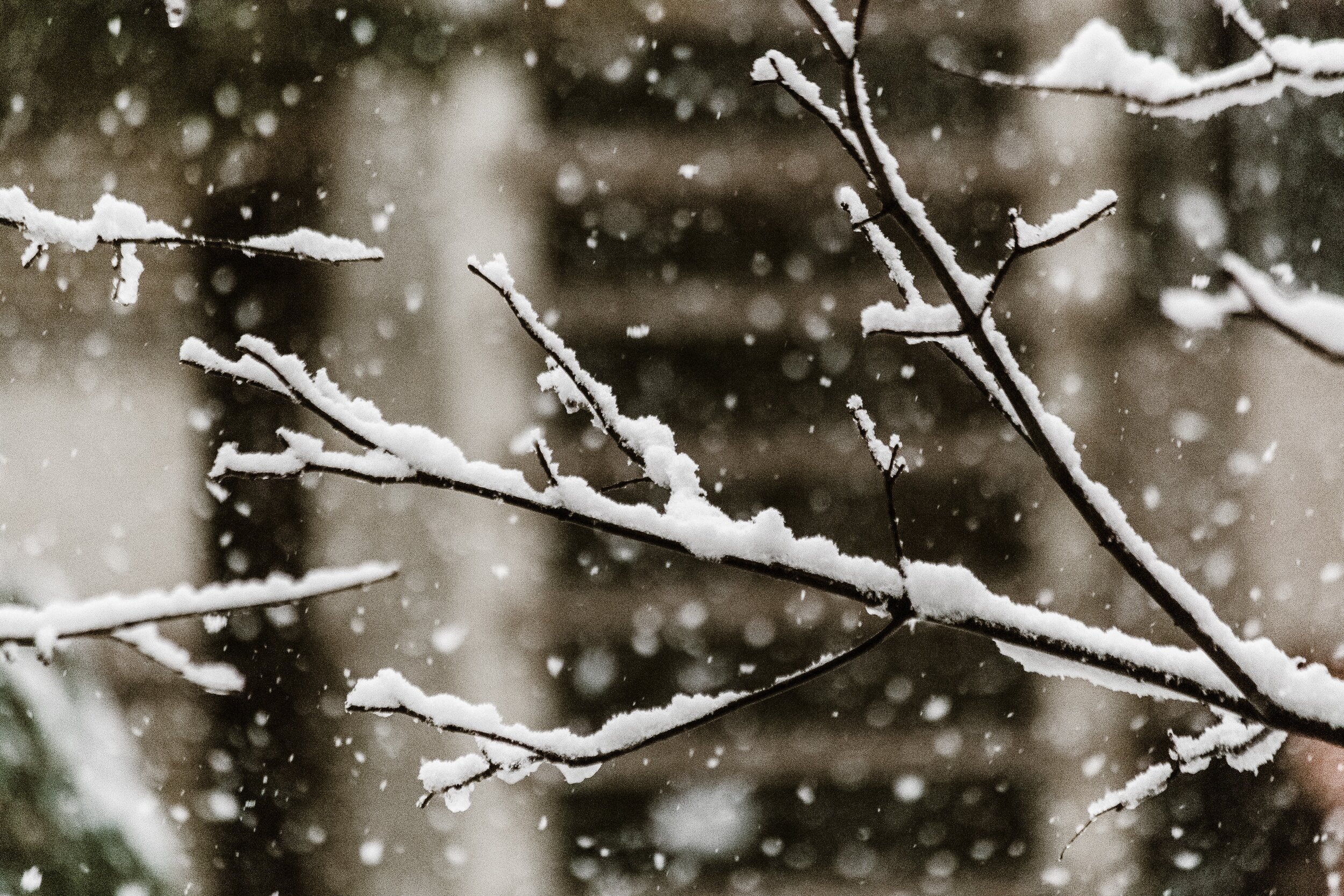Is there an ideal time of year to prune a tree?
The short answer to this question is, it depends on the species of tree in question. However, there are definitely some ‘Do’s and Don’ts’ for the appropriate time of year to prune your tree.
Firstly, it is important to remember, regardless of the time of year, pruning should be carried out according to best practice, as set out in the BS:3998 Tree Work – Recommendations (2010). This ensures any pruning work will cause minimal harm to the tree’s health and aid the tree with the quickest possible recovery.
Ultimately, the best time of year to prune a tree is after the leaves have flushed and hardened. This means for most species, mid to late summer is often a safe bet for pruning your tree. Species which belong to the Prunus genus (e.g. Cherry) rely on resin to strengthen their defence against pathogens, so these trees are also best to be pruned in the summer.
The exceptions to this rule are species such as Birch, Walnut and Maples. This is because these trees ‘bleed’ sap which causes them to lose sugars that are vital to the tree’s health. The risk of this happening is highest in the early spring, so pruning these species in late summer to mid-winter is advised.
So why don’t we just prune all species in winter? Well, broadleaved species lose their leaves in the autumn / winter as they enter their dormant phase. This means they no longer have the ability to produce any energy (via photosynthesis), which would be used to occlude their wounds and fend off any pathogens that try to attack.
For more information on the best time of year to prune individual species, the Arboricultural Association have produced a table which can be found at:
https://www.trees.org.uk/Help-Advice/Help-for-Tree-Owners/Guide-to-Tree-Pruning



